Questioning the template
Congratulations to the talented winner and commended poets in the recently announced Anne Elder Award for a first book of poetry from 2006 (names, titles and judges’ report by Lorraine McGuigan and Earl Livings at www.writers.asn.au).
It is pleasing to see the following publishing advice in the report: ‘a book should contain a poet’s best work. It is better to have a good, small collection than a bigger one with weak pieces that are there because of theme or because the poet liked them too much’ (or, maybe, because someone once admired them). First-timers tend to be more careful about this than some poets who have made a name. I know that major poets, in tune with their audience’s level of acceptance, will sometimes rightly present lesser and better work together, to show the spectrum. That aside, there is a myth among poets that a short book doesn’t look good, as if bulk is the proof of something. Yet the buyers of poetry are sensitive to padding – a good book, whether lengthy or not, is as long as there are strong poems for it. Has it been forgotten that such a landmark book as Judith Wright’s The Moving Image (1946) comprised just thirty-one pages of poems?
Continue reading for only $10 per month. Subscribe and gain full access to Australian Book Review. Already a subscriber? Sign in. If you need assistance, feel free to contact us.


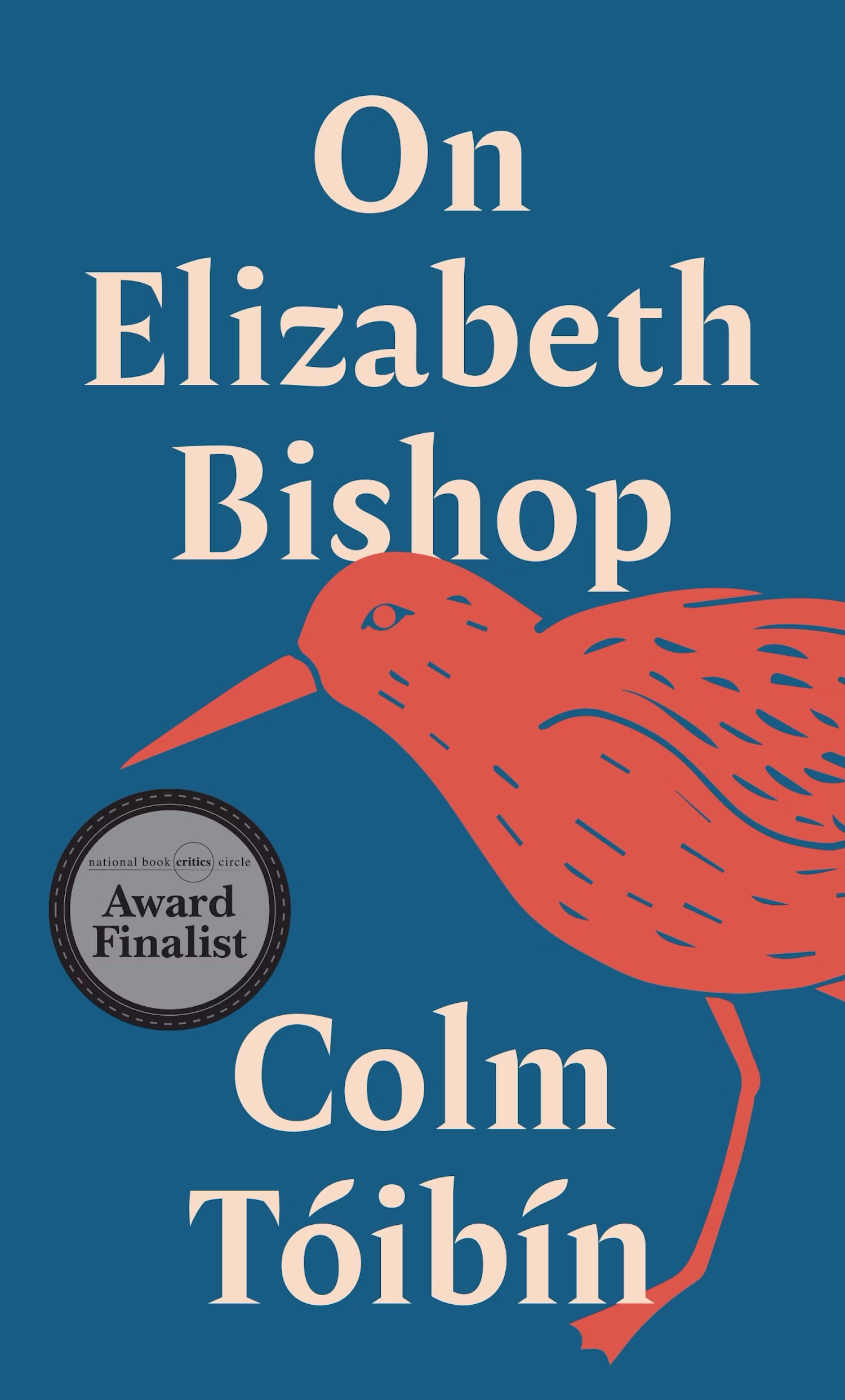
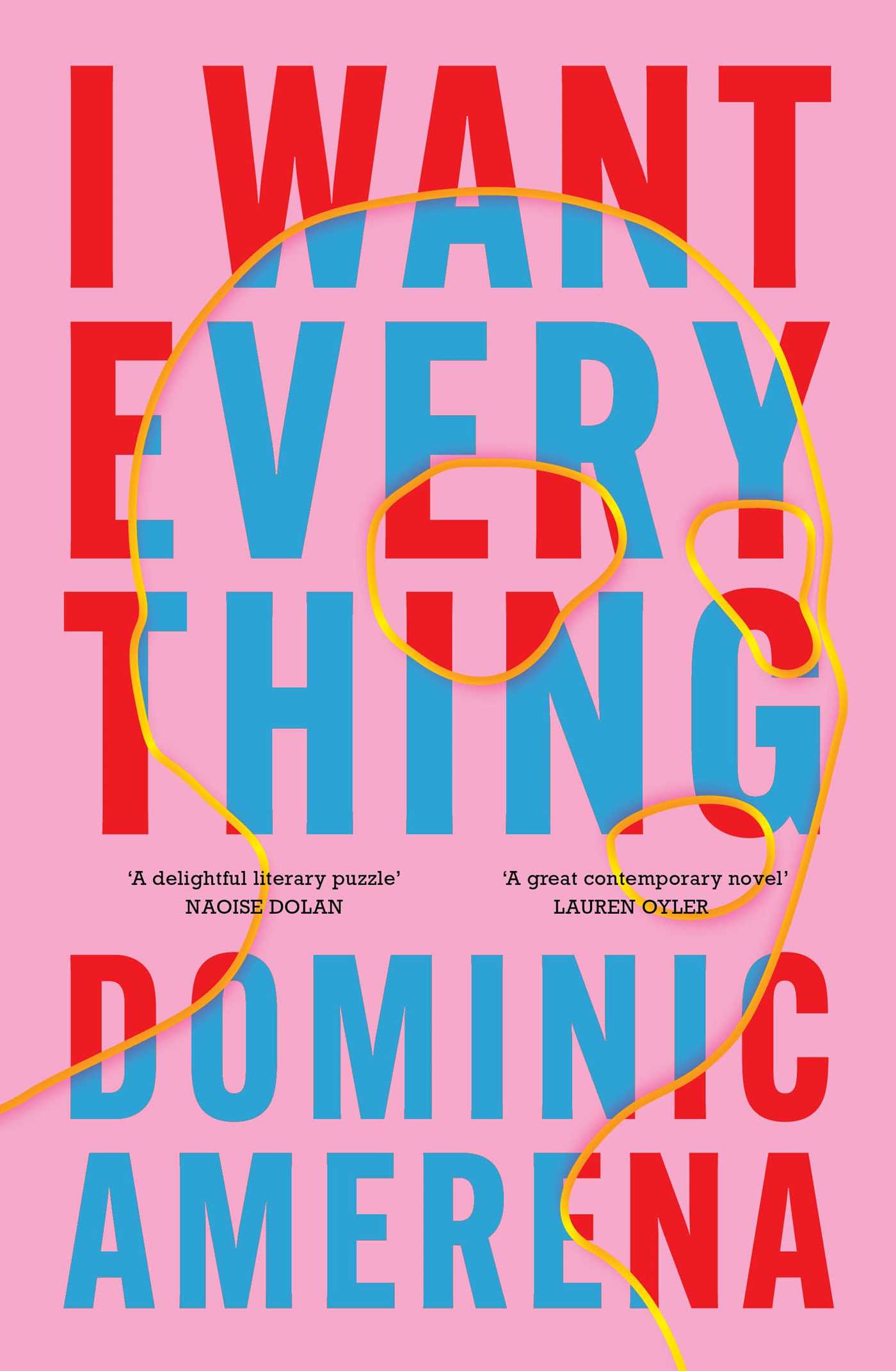
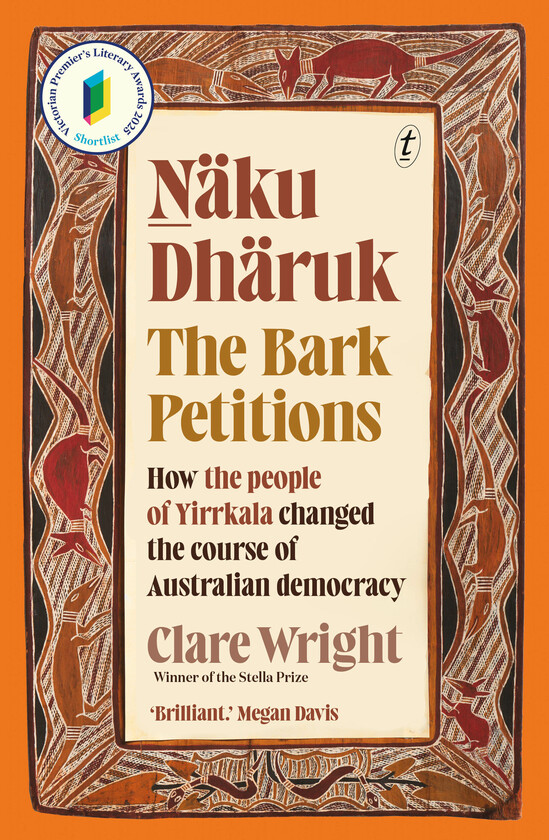
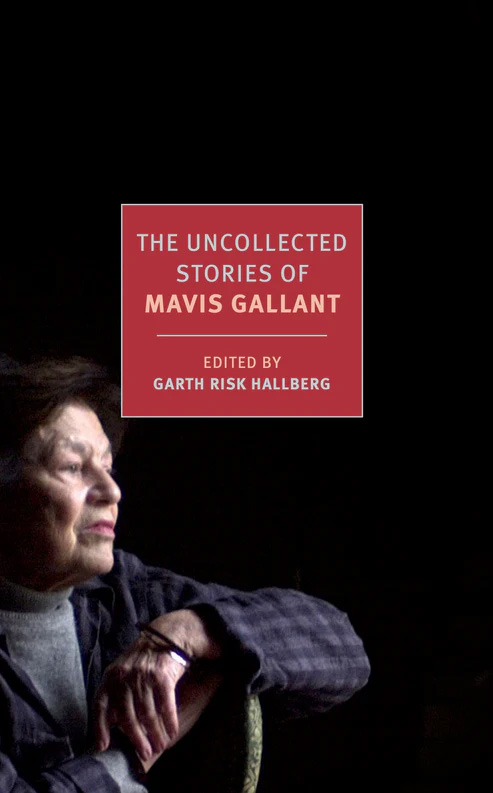
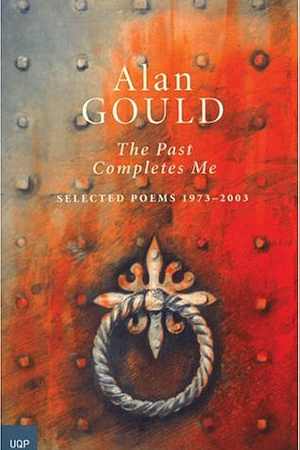

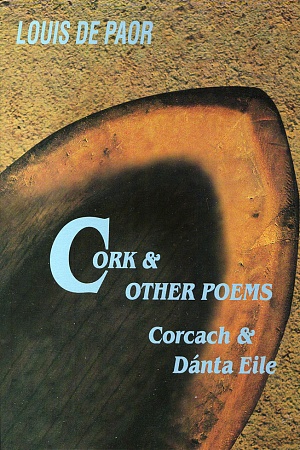
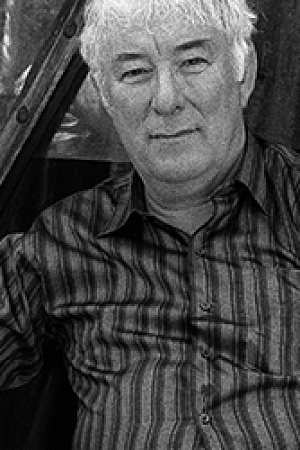

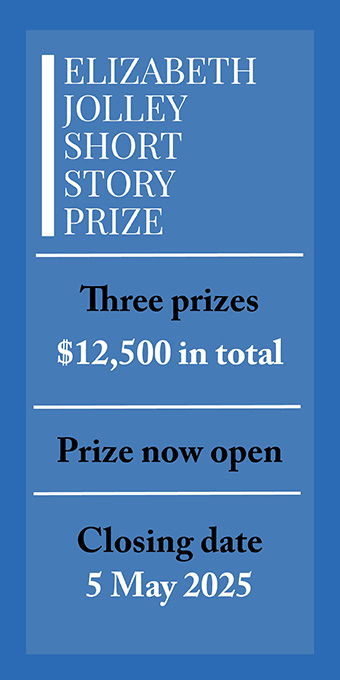
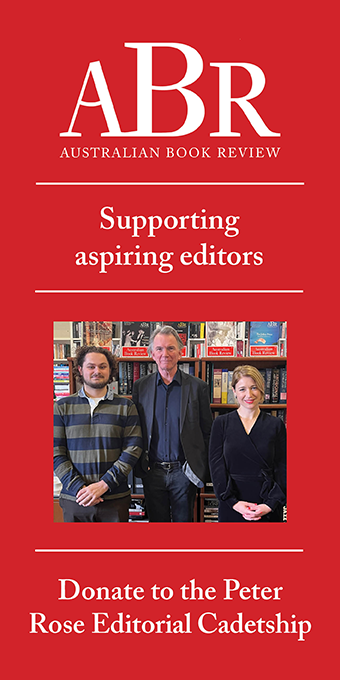
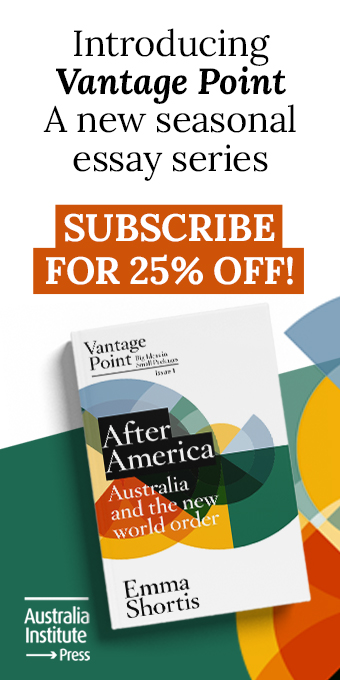
Leave a comment
If you are an ABR subscriber, you will need to sign in to post a comment.
If you have forgotten your sign in details, or if you receive an error message when trying to submit your comment, please email your comment (and the name of the article to which it relates) to ABR Comments. We will review your comment and, subject to approval, we will post it under your name.
Please note that all comments must be approved by ABR and comply with our Terms & Conditions.